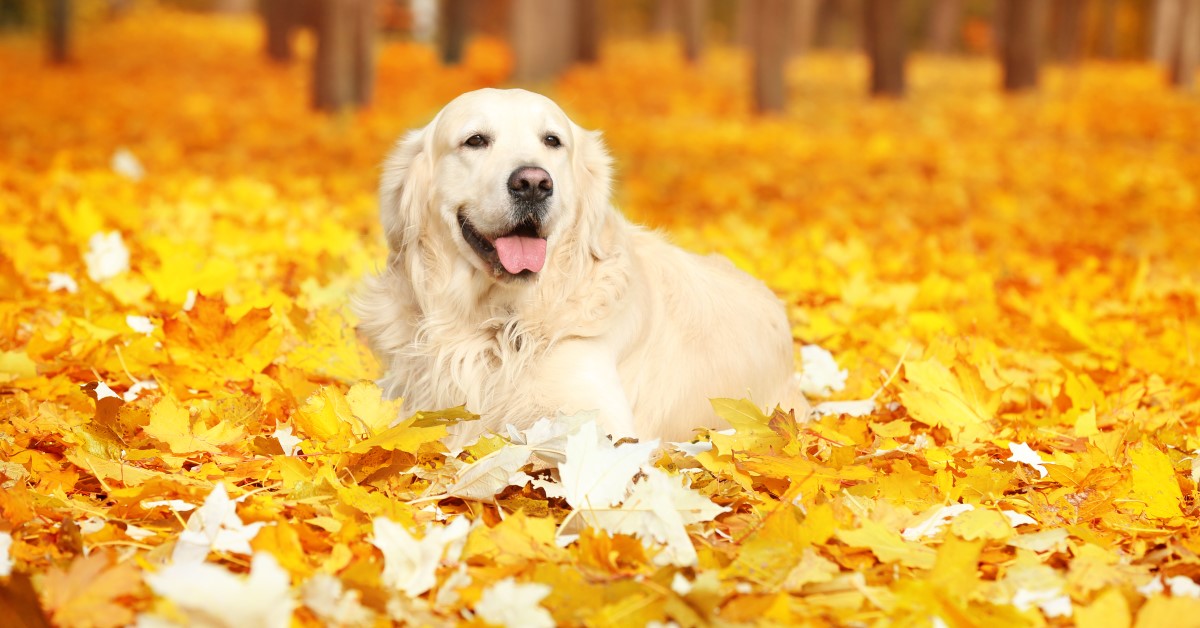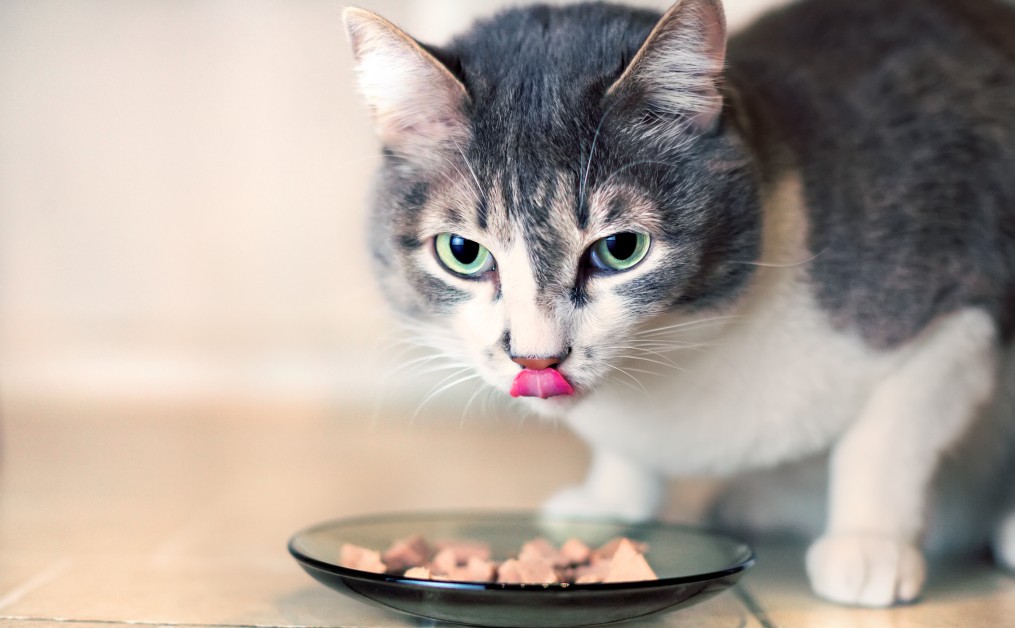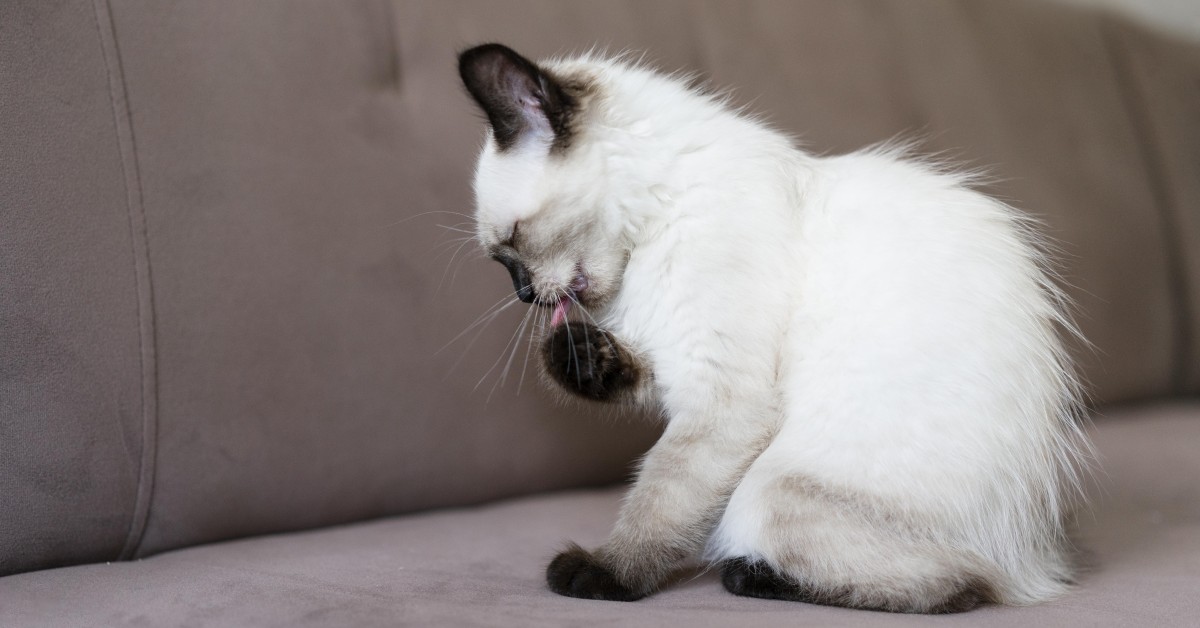Fall Into These Healthy Autumn Pet Care Strategies
Give your pet a happy and safe autumn by following these seasonal pet health and wellness tips.

Autumn can mean many things to different people, from football games and Halloween parties to the turning of the leaves and relief from summertime heat. If you care for a common household pet such as a dog or cat, you probably want to share these experiences with your fur baby. However, the fall season can include seasonal health and wellness threats you need to be aware of so you can protect your pet against them. The following tips can help ensure a more joyous autumn for both of you.
Watch Out for Snakes
While you might regard autumn as a relaxing time of year, the local snake population probably has other ideas. Snakes that hibernate in the winter must fortify themselves in the fall for their long sleep. These snakes become more active in their search for food, which may place them into direct contact with your dog or cat. A venomous snake bite can cause bleeding, swelling, bruising, pain, respiratory problems, drooling, panting, and even death.
Keep your dog on a leash during walks as you watch carefully for any signs of potentially harmful snakes. Consider turning your outdoor cat into an indoor cat during snake season. If your pet does show symptoms of a snake bite, rush it to the veterinarian for emergency treatment.
Make Tick Prevention a Priority
Ticks reproduce in the spring and summer, producing larvae that grow to maturity by autumn. This life cycle results in a proliferation of ticks during the fall months. Pets who explore wooded areas or thick, unmowed lawns face greater risks for tick infestations. Ticks irritate the skin while also transmitting serious diseases such as Lyme disease, anaplasmosis, Rocky Mountain spotted fever, ehrlichiosis, and babesiosis.
Fortunately, adult ticks are big enough that you can often see them easily, allowing you to remove them. To prevent them from attaching themselves to your pet in the first place, you follow the flea and tick prevention plan recommended by your veterinarian.
Keep a Healthy Distance From Wild Mushrooms
Mushrooms thrive in spring and fall, when temperatures and moisture levels provide an ideal growth medium. Some brave individuals with an extensive knowledge of wild mushrooms may even pick them for their dinner table. However, your pet won't know the difference between a safe mushroom and a deadly one, and can easily consume a toxic specimen. Depending on the type of mushroom, these toxins can cause gastrointestinal upset, liver failure, kidney disease, and/or neurological problems.
Don't assume that any wild mushroom is a safe treat for your pet. Steer the animal way from any wild mushrooms you happen to see on a daily walk or other excursion. Remove any mushrooms that pop up in your yard, watching carefully for the appearance of fresh offenders.
Address Separation Anxiety in Your Pets
Crowded households of summer empty out in the fall as kids and parents shift into the routine of a new school year. Unfortunately, pets don't always take well to this transition. Animals that have grown accustomed to always having humans around can experience separation anxiety when their humans spend all day away from home. A pet with separation anxiety doesn't just feel miserable; it can also display such unwelcome behaviors as refusal to eat, inappropriate elimination, and destruction of household items.
You can help your pet adjust to the absence of human family members until being alone no longer causes anxiety. Strategies include tiring your pet with play or exercise before you leave the house, training it to settle down on command, and maintaining a more quiet environment when you're at home so a sudden silence won't seem like a total change of pace. If your pet still exhibits anxiety, ask a professional trainer for assistance.
Practice Fall Health and Wellness at Home
An effective fall health and wellness strategy for your pet should include some extra awareness of seasonal foods and other items that might endanger your dog or cat. For instance, fall means football season for many American households. If you host a party to watch the big game on TV, try not to leave fatty, salty, or sugary foods within paw's reach. These human foods can cause illness or death in pets. The same warning holds true for Halloween parties and Thanksgiving meals.
Non-food items can also create problems for your pet this autumn. Don't let your kids leave school items or supplies lying around where pets might ingest them or injure themselves. When decorating the home for an autumn-themed party, keep electrical wiring or choking hazards safely tucked away where pet's can't get at them.
Give Your Pet a Safe, Happy Autumn
Now that you know how to anticipate, respond to, and prevent common pet care concerns, you can take the necessary actions to keep your four-legged friend safe, happy, and healthy throughout this refreshing time of year. But you don't have to watch over your pet's health alone - nor should you! Keep up those regularly scheduled veterinary appointments, and put your veterinarian's phone number on speed-dial in case trouble strikes. With these precautions in place, you and your pet are ready to enjoy autumn to the fullest!
Ready to start saving money on pet wellness care?
Then take a look at Mint Wellness, the pet wellness plan that provides fast reimbursement on routine pet care. Save on vaccinations, wellness exams, preventatives, dental, and more!
Learn More


